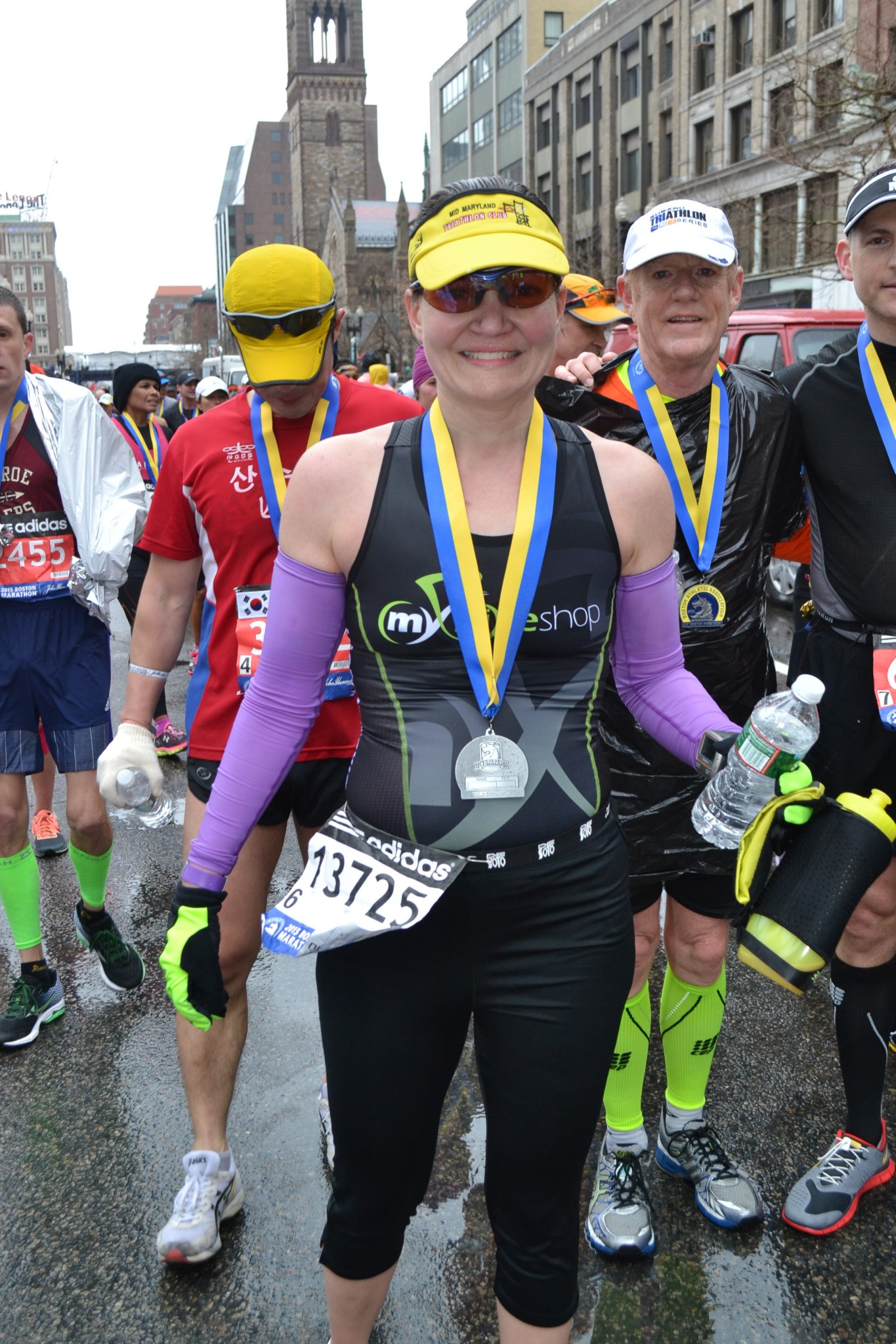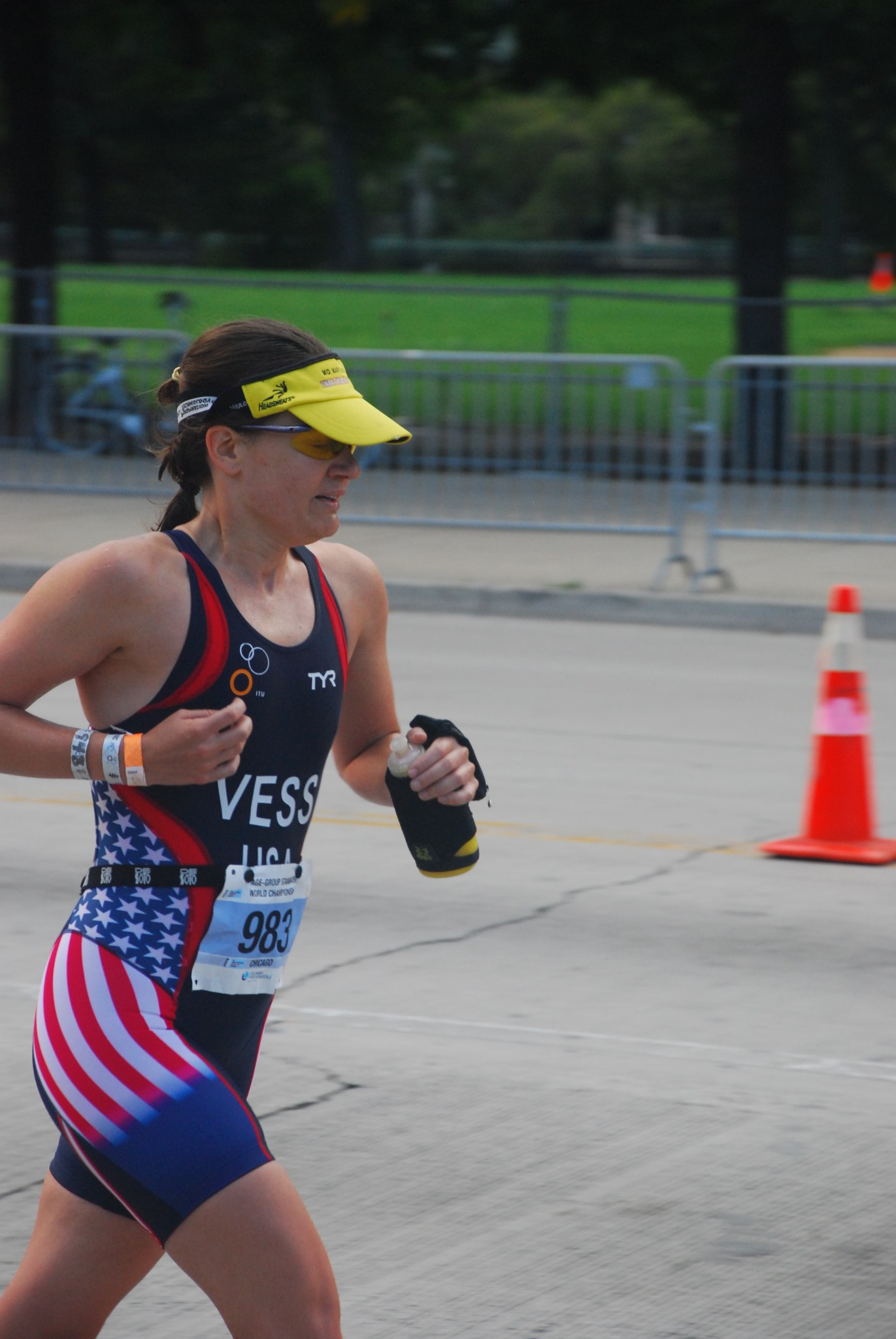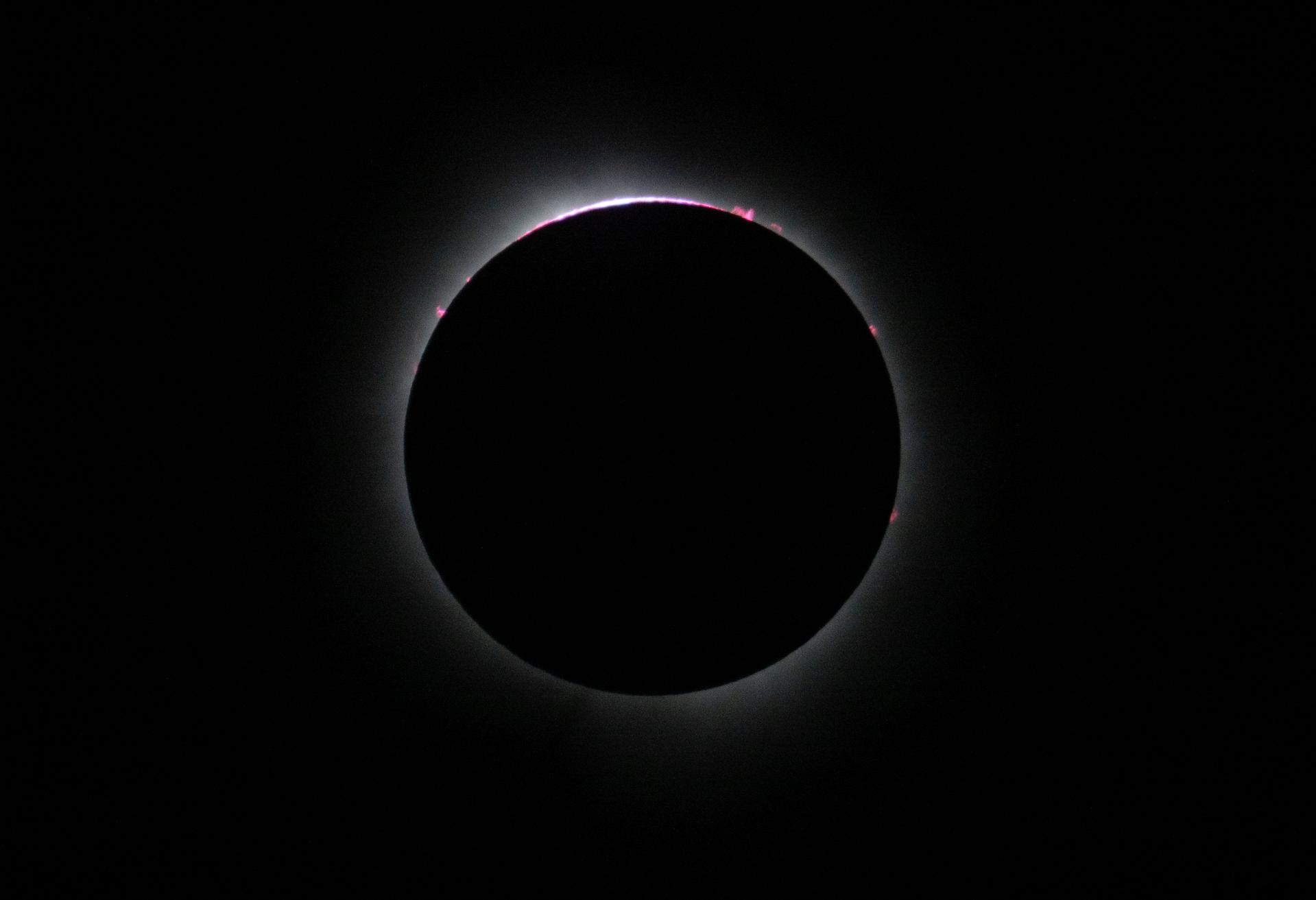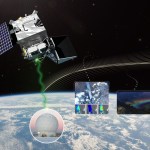
Name: Melissa “Missie” Vess
Title: Deputy Spacecraft Systems Engineer for Wide Field Infrared Survey Telescope (WFIRST)
Formal Job Classification: Mission systems engineer
Organization: Code 599, Mission Systems Engineering Branch, Applied Engineering Technology Directorate
Melissa “Missie” Vess – Makes the Pieces Play Well Together
What do you do and what is most interesting about your role here at Goddard? How do you help support Goddard’s mission?
I am the deputy spacecraft systems engineer for the Wide Field Infrared Survey Telescope (WFIRST). My work varies according to the stage of the mission. WFIRST is in Phase A, the early planning stage of any mission. Currently, I am working on developing spacecraft requirements and mission architecture for the spacecraft.
For any science mission we do at Goddard, we start with some high-level requirements such as deciding the type of data we want to get. Once we decide what we want, we flow down the requirements to the functionality of the spacecraft. For example, we want to tell the spacecraft to point at a particular target and collect a certain amount of data.
Controlling a satellite is like using cruise control for a car. Sensors collect data on where the satellite is oriented in space. Computer algorithms calculate commands to send to the satellite to tell it how to adjust to any disturbances in space so that the satellite moves where the scientists want it to be to collect the data they want.
What is the role of a systems engineer?
The systems engineers are concerned about the big picture. We have to make sure that all the different pieces of the mission fit together so that the whole end to end system works. For a science mission, the system includes the spacecraft, the science instruments, the ground system and the launch vehicle. Any change in any one of these parts necessitates at least a look at whether or not we need to change anything else.
We are always considering tradeoffs. If, for example, we increase the amount of science data we want to collect, that can necessitate a bigger computer, which could be bigger and heavier. A bigger computer has to fit within the spacecraft. There is also a limit on how much weight the launch vehicle can accommodate. I’m always looking at a moving target, especially in early planning.
At Goddard, most systems engineers start as a subsystem engineer and grow up to be systems engineers. I started in attitude control. A spacecraft’s attitude is its orientation in three-dimensional space. I worked on designing the control algorithms to point the spacecraft in space. My first two missions were Solar Dynamics Observatory (SDO) and Global Precipitation Measurement (GPM).
What is the different in mindset between a systems engineer and a subsystems engineer?
Subsystems engineers are focused inward, they’re concerned about the details of their particular subsystem. They have to know everything about their subsystem. A systems engineer is focused outward. They have to worry about all the interfaces between the subsystems. They know a little bit about all the subsystems, but they rely on their subsystems engineers as their subsystem experts.

A successful mission needs both systems and subsystems engineers. The number of systems engineers depends on the size of the project. For a large project such as WFIRST, we have a whole team of systems engineers. Typically we have one or two systems engineers for a given element such as the spacecraft, the instruments and the ground system. The team of systems engineers reports to a mission systems engineer who reports to project management.
What is your typical day on the job?
My day varies depending on the phase of the project. On a good day, I work with my subsystem engineers on whatever they need me to do. For example, right now we are writing and reviewing the requirements for the spacecraft. I don’t personally write the requirements. The subsystem engineers who are the experts write the requirements. I have to make sure that whatever they write fits in the big picture.
We are just starting the architecture design of the spacecraft. We are deciding what the spacecraft needs to do and how we can make it do it. This involves doing trade studies, studying the tradeoffs between different options for the spacecraft. What is good for one subsystem may not be so good for another subsystem. As a systems engineer, I have to look at all potential impacts of any option on the entire spacecraft.
What is an example of looking at the big picture for a trade study?
An example of a common trade involves the size of our communications antenna. The larger the antenna, the more data we can potentially collect and receive on the ground. However, a larger antenna is harder to fit in the mechanical structure of the satellite and on the launch vehicle. In space, a larger antenna can cause disturbance in the pointing, meaning that it can make the satellite jitter. The systems engineer talks to everyone involved to collect all the different pros and cons for different options. Ultimately, the systems engineer makes the decision about what is needed for the overall mission requirements.
Are systems engineers the diplomats of the engineering world?
Yes. Often the technical problems we have to solve are a lot easier than the people problems. Each subsystem engineer has his or her own concerns and motivations. As the systems engineer, we have to understand those and motivate everyone to work towards the common goal, the mission.
When differences of opinion arise, I like to talk to the person or the group personally to understand what they are concerned about. They are the experts for their subsystem and they probably know something about it that I don’t know. At the same time, because I’m focused outward on the big picture, I can often see connections that they might not know about. Hopefully, once we understand each other’s perspectives, we will find a solution.
How is problem solving especially important during integration and testing?
We have to make sure that all the pieces play well together. We are actively involved while the spacecraft is being put together in the clean room and also when it is tested. This is the fun time. At first, nothing every works perfectly. We make a lot of on-the-spot decisions – should we stop the test, should we trouble shoot, can we continue on? Sometimes when trouble happens, we want “to preserve the evidence scene” so we can figure out what to do. But the flip side to stopping the test is that the schedule starts slipping. The trade is this: Can we figure out what happened while continuing or do we need to stop the test to figure out what happened?
You don’t always solve a problem on the first attempt. Sometimes it takes a few days or more. Sometimes I am thinking so much about all the possibilities that it is hard to go to sleep. My mind is always working on problem solving.

Do you go to the launch?
It is too early to know if I will attend the WFIRST launch. Some systems engineers will be at the launch site and others will be at the mission operations center. I will be working the launch, it’s just a question of where.
Did you always want to be an engineer?
Yes, I played with a lot of LEGOs and Lincoln Logs. My father even made a special set of wooden blocks for my sisters and me. I loved putting puzzles together.
What is your educational background?
I grew up in North Carolina and went to the University of Maryland at College Park for a Bachelor of Science in mechanical engineering. After coming to work at Goddard, I returned to Maryland for a Master of Science in aerospace engineering, specializing in control theory. Control theory is basically designing fancy “cruise control” for anything ranging from satellites and cars to ovens and thermostats. “Cruise control” in control theory means anything that you want to adjust automatically. For example, if you set your oven to 350 degrees, the oven has to self-adjust, turning on and off, to maintain that temperature. If it simply remained on, the oven would get way too hot.
How well does control theory work with your two elementary school-age children?
My kids would be what are called random variables – you cannot predict what they are going to do. The assumptions we make to simplify control algorithms, called linearizing, don’t always work when you throw kids into the mix. Kids are nonlinear.
Is there something surprising about you, your hobbies, interests or activities outside of work that people do not generally know?
I like to do triathlons, which are swimming, biking and running. I grew up as a competitive swimmer. I started triathlons in 2005 because I wanted a challenge. I wanted to see if I could put three separate sports together. Since then, I have done dozens of races. In 2013, I did an Ironman, a 2.4-mile swim, 112-mile bike and a 26.2-mile full marathon. Last year, I competed in the International Triathlon Union Age Group World Championships in Chicago. I finished ninth in the sprint distance and 17th in the Olympic distance.
My husband, who is also a mechanical engineer, likes to do duathalons which is run, bike and run. When I’m lucky, I get to train with him, but usually we tag-team because of our kids.
What is your “six-word memoir?” A six-word memoir describes something in just six words.
Engineer. Mother. Triathlete. Team Player. Borderline Type A. Constantly Juggling.
By Elizabeth M. Jarrell
NASA’s Goddard Space Flight Center, Greenbelt, Md.

Conversations With Goddard is a collection of Q&A profiles highlighting the breadth and depth of NASA’s Goddard Space Flight Center’s talented and diverse workforce. The Conversations have been published twice a month on average since May 2011. Read past editions on Goddard’s “Our People” webpage.



























